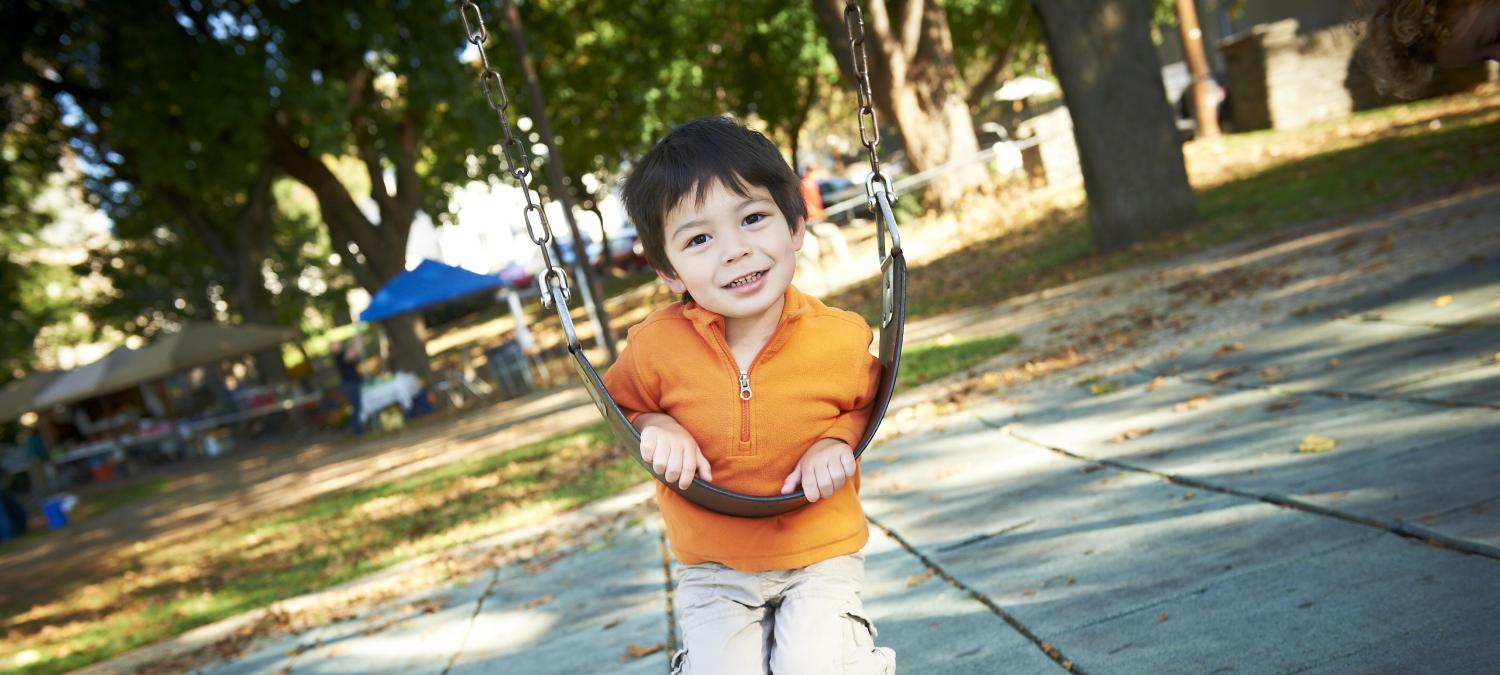

Publications
Search Tips
- May 2016
BACKGROUND: Obesity is widespread and treatment strategies have demonstrated limited success. Changes to obstetrical practice in response to obesity may support obesity prevention by influencing offspring growth trajectories. METHODS: This retrospective cohort study examined growth…
- Apr 2016
BACKGROUND: Primary care pediatricians increasingly care for children’s mental health problems, but little is known about practice-level variation in diagnosis and psychotropic medication prescribing practices. METHODS: This retrospective review of electronic heath records…
- Apr 2016
PolicyLab sought to understand the low uptake of HPV vaccines and conducted multiple studies to evaluate parents’ decision-making, barriers to access, and both health care provider and health care system influences on vaccine delivery. In this Evidence to Action brief, we discuss the…
- Apr 2016
OBJECTIVES: We created a clinical decision support (CDS) tool and evaluated its feasibility, acceptability, usability, and clinical impact within the electronic health record to help primary care pediatricians provide smoking cessation treatment to parents/caregivers who smoke. …
- Apr 2016
OBJECTIVE: To identify targets for improving mental healthcare of adolescents with systemic lupus erythematosus (SLE) by assessing current practices and perceived barriers for mental health intervention by pediatric rheumatology clinicians. METHODS: Members of the…
- Apr 2016
OBJECTIVE: We aimed to develop a model of the illness experience for youth with systemic lupus erythematosus (SLE)/mixed connective tissue disease (MCTD). METHODS: We conducted 32 semi-structured interviews with 16 outpatient youth with SLE/MCTD, age 11 to 22 years, and their…
- Apr 2016
ABSTRACT: Despite recent notable advances in societal equality for lesbian, gay, bisexual, and transgender (LGBT) individuals, youth who identify as trans* or gender nonconforming, in particular, continue to experience significant challenges accessing the services they need to…
- Apr 2016
IMPORTANCE: Performance-measure risk adjustment is of great interest to hospital stakeholders who face substantial financial penalties from readmissions pay-for-performance (P4P) measures. Despite evidence of the association between social determinants of health (SDH) and individual…
- Mar 2016
INTRODUCTION: Consider a hypothetical scenario: Rosa, a 35-year-old healthy woman, visits a primary care physician at a community clinic for a routine checkup. She immigrated to the United States one year ago from Mexico, a country with a higher prevalence of tuberculosis (27…
- Mar 2016
ABSTRACT: Adolescents experience some of the highest rates of unintended pregnancy among women of all reproductive age groups. And despite the fact that adolescents often receive care in pediatric hospital settings, evaluation of pregnancy risk is inconsistent. Pregnancy risk…